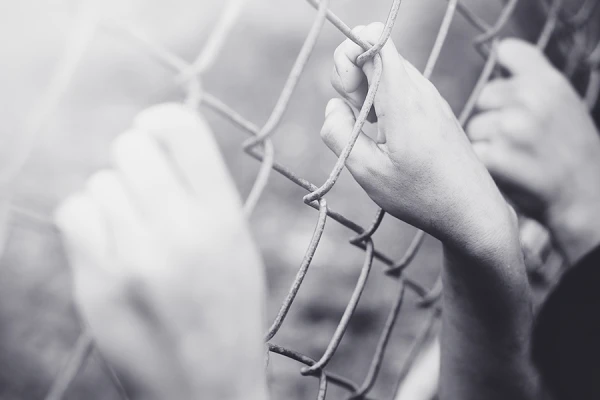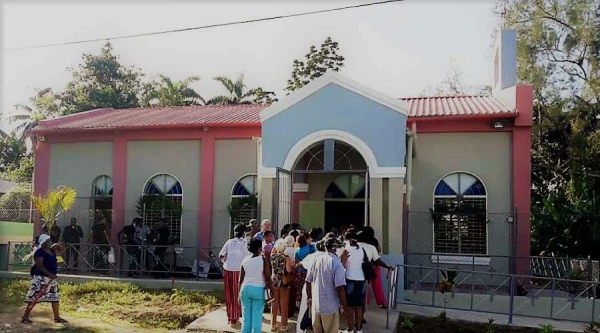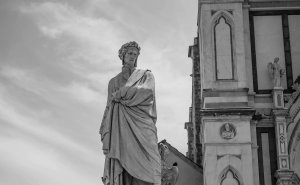Spanish bishops decry government plan to redesign national memorial
The bishops’ conference of Spain warned of conflict over government plans to remove Catholic symbols from a civil war memorial site near Madrid from which the remains of former dictator Gen. Francisco Franco were exhumed a year ago.
Read More


Recent Comments